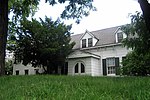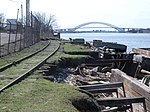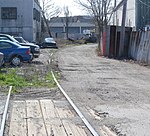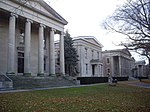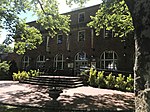Dr. Samuel MacKenzie Elliott House
African-American history in New York CityGothic Revival architecture in New York (state)Houses completed in 1840Houses on the National Register of Historic Places in Staten IslandNew York City Designated Landmarks in Staten Island ... and 7 more
New York City Registered Historic Place stubsStaten Island building and structure stubsStaten Island geography stubsUnderground Railroad in New York (state)Use American English from June 2022Use mdy dates from June 2022West New Brighton, Staten Island

The Dr. Samuel MacKenzie Elliott House is a historic house located at 69 Delafield Place in West New Brighton, Staten Island, New York.
Excerpt from the Wikipedia article Dr. Samuel MacKenzie Elliott House (License: CC BY-SA 3.0, Authors, Images).Dr. Samuel MacKenzie Elliott House
Delafield Place, New York Staten Island
Geographical coordinates (GPS) Address Nearby Places Show on map
Geographical coordinates (GPS)
| Latitude | Longitude |
|---|---|
| N 40.643888888889 ° | E -74.110277777778 ° |
Address
Delafield Place 87
10310 New York, Staten Island
New York, United States
Open on Google Maps
